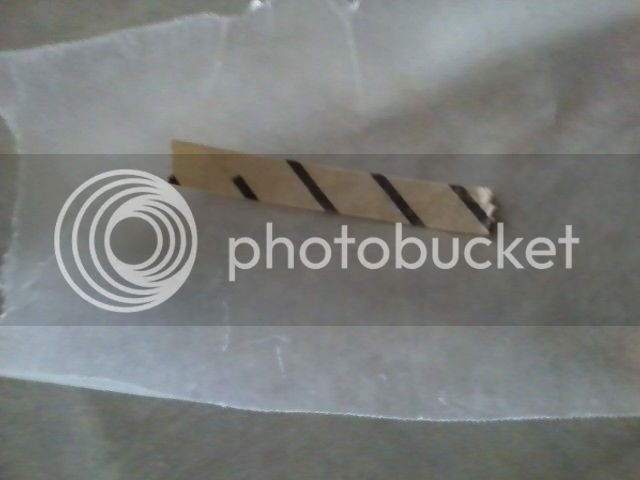southsidebrewingco
Well-Known Member
- Joined
- Dec 12, 2013
- Messages
- 78
- Reaction score
- 7
My question is how many of you do it? If everything that comes in contact with the cooled wort is supposed to be sanitized is it ok to top off to 5 gallons in my primary with ordinary cold tap water. I have just finished my second batch and never even gave this a thought until now. Sure hope i didn't ruin both batches.
















































![Craft A Brew - Safale S-04 Dry Yeast - Fermentis - English Ale Dry Yeast - For English and American Ales and Hard Apple Ciders - Ingredients for Home Brewing - Beer Making Supplies - [1 Pack]](https://m.media-amazon.com/images/I/41fVGNh6JfL._SL500_.jpg)










